View of the Capitol
Oil on panel, 22 x 32 cm
With frame, cm 24 x 34.5
Critical profile by Prof. Alessandro Agresti
In this view of the Campidoglio we find the characteristic features of the Italian view-making tradition, which developed during the eighteenth century as a continuation of the landscape that had already characterized Baroque art in the previous century. A first distinction, compared to the earlier examples, is a predilection for the exact and objective recovery of the subject, in contrast to the architectural caprices and imaginative landscapes which, although remaining in the artistic production of the 18th century, had had greater success among the artists of the Baroque era. Attention to detail is most evident in urban views such as the one taken here, where a calibrated perspective foreshortening of the square, the staircase and the perimeter buildings is noted, without neglecting any details and without any summary in the architectural details. The symbolic places of the great Italian art cities, such as Venice, Florence and, indeed, Rome, were among the favourite subjects of painters of this genre, among whom we should mention the author of this panel: Salvatore Colonnelli Sciarra, active in Rome in the first half of the eighteenth century. Little is known about the biography of this prominent Roman artist, painter, and restorer known for his specialization in landscape painting and his role in the recovery of important works of art through his drawings. His refinement in the field of vedutism placed him in an artistic context dominated by figures such as Giovanni Paolo Panini, of whom he has been mistakenly considered a simple follower by some historians, and Antonio Joli, despite the fact that his works, such as the one in question, displayed a distinctive quality and style that elevate him beyond the role of a simple imitator. His views, such as this View of the Capitoline Hill, that of Villa Sacchetti or even the View of Piazza del Pantheon, demonstrate a remarkable ability to capture the architectural details and urban atmospheres of eighteenth-century Rome. His painting is characterized by a skillful use of light, which highlights the volumes of buildings and creates depth. The atmospheres are often clear and clear, with blue skies contrasting with the earthy color of the ruins. The human figures, though small, are vital and enliven the scenes, adding a sense of movement and everyday life. The artist also demonstrates a profound knowledge of classical architecture: every detail, from columns to capitals to facades, is reproduced with an almost scientific precision, a characteristic that also consecrated him as an important documentary filmmaker of the urban aspect of Rome in the 18th century.
Colonnelli Sciarra proved not only to be a vedutist of the highest quality, but also the skilled advocate of ephemeral displays and drawings that proved to be (and still are) a very important historical and artistic testimony to the assets present at the time, such as those for the decoration of the Hall of Landscapes inside the Colonna Gallery, created around 1730. The watercolours with views of the building's rooms were surprisingly discovered by the scholar Maria Chiara Paoluzzi inside a box entitled “Anonymous Roman Drawings” of Windsor Castle, collection of Queen Elizabeth II: the date 1730, in the series of sheets, precisely placed the layout of the picture gallery with that of Fabrizio Colonna (1700-1755), son of Philip II and Olimpia Pamphilj.


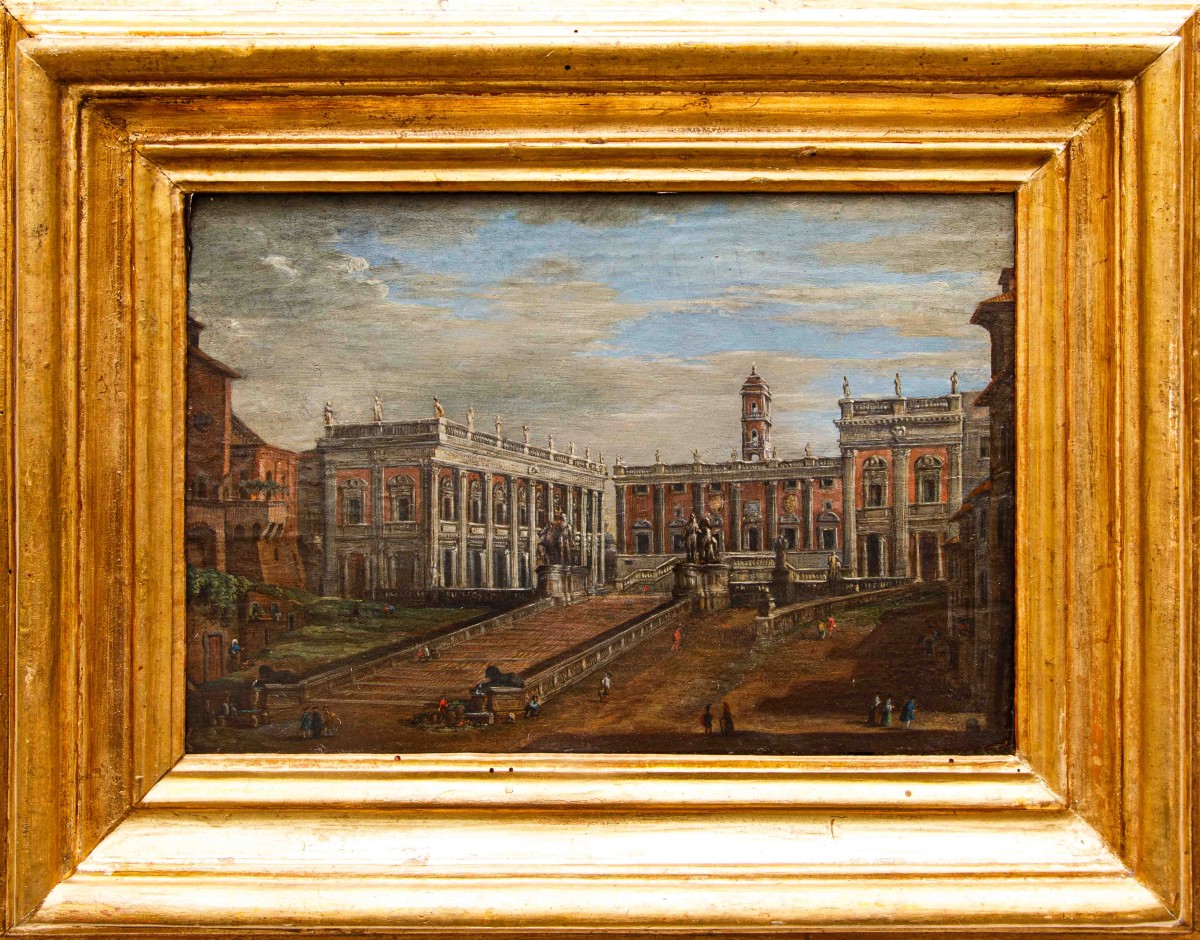
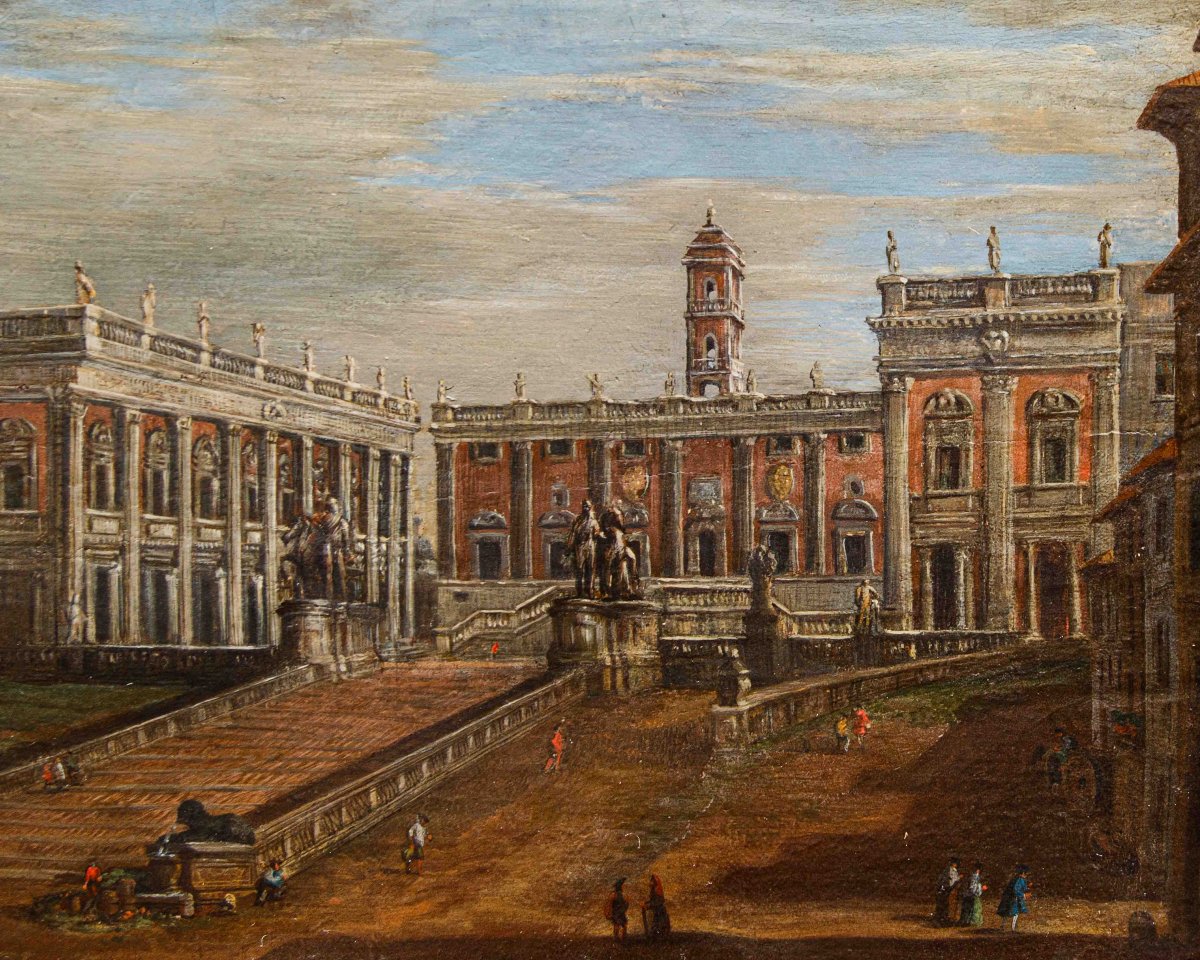

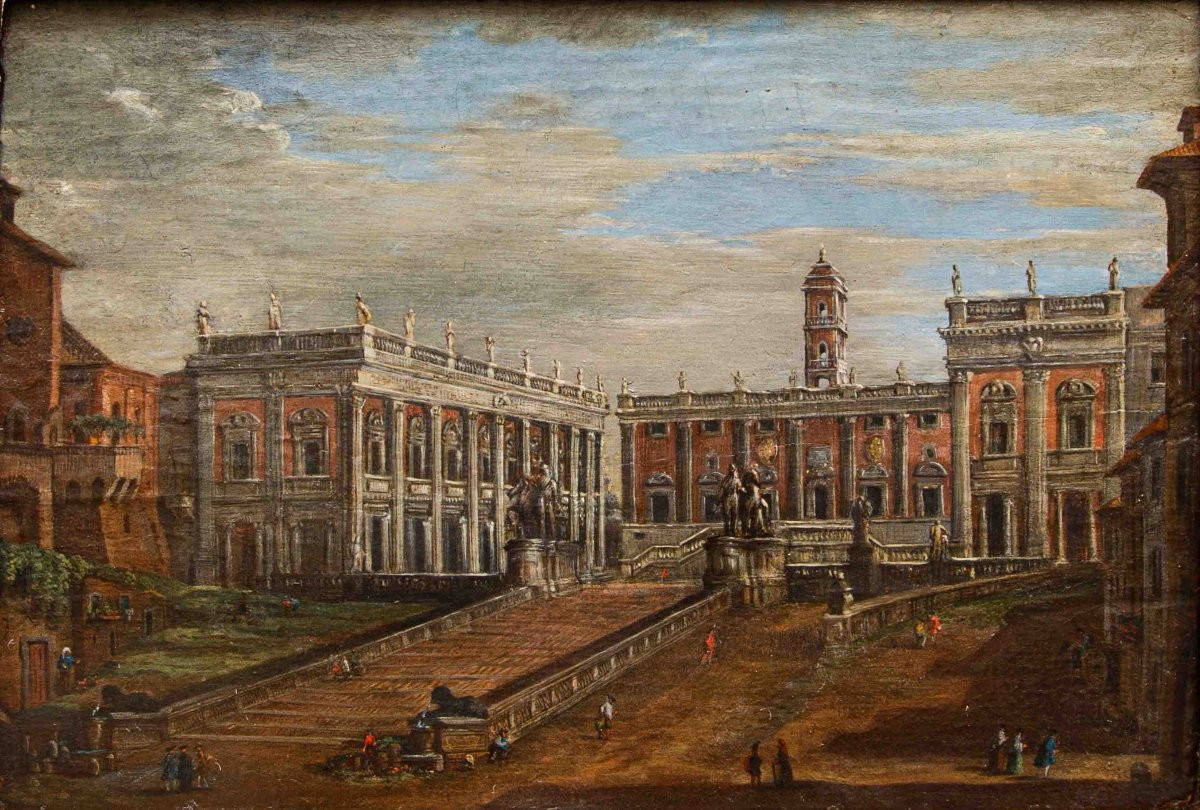
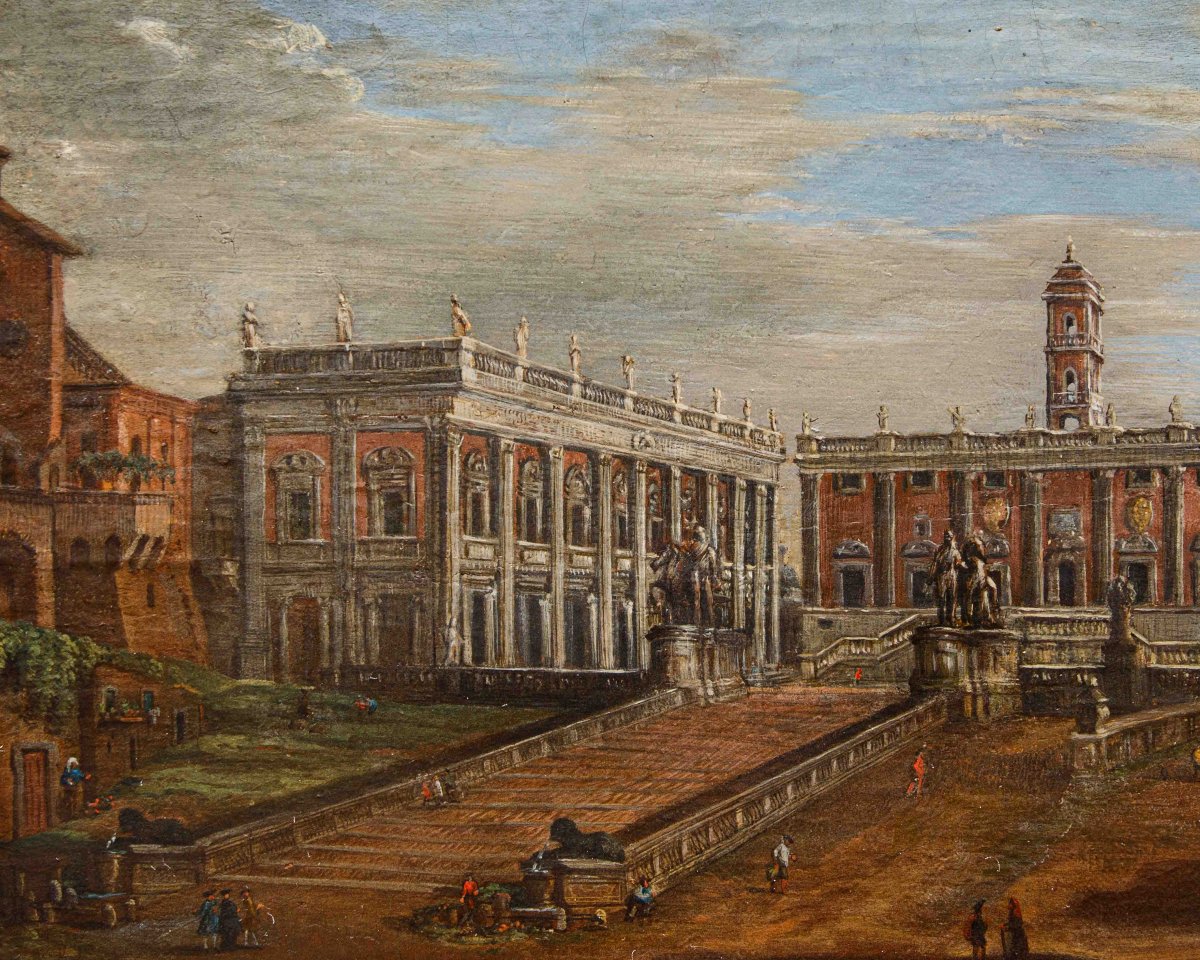


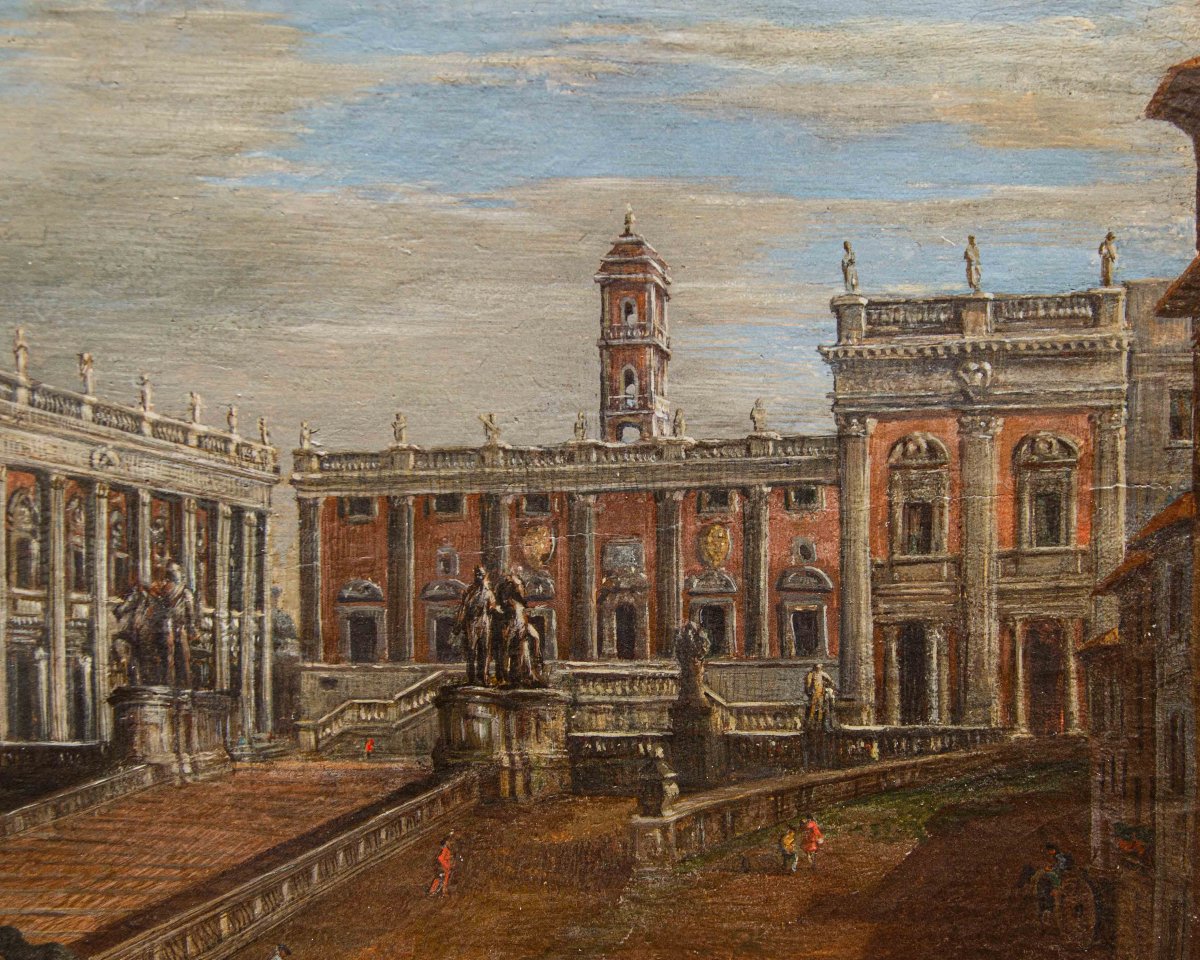
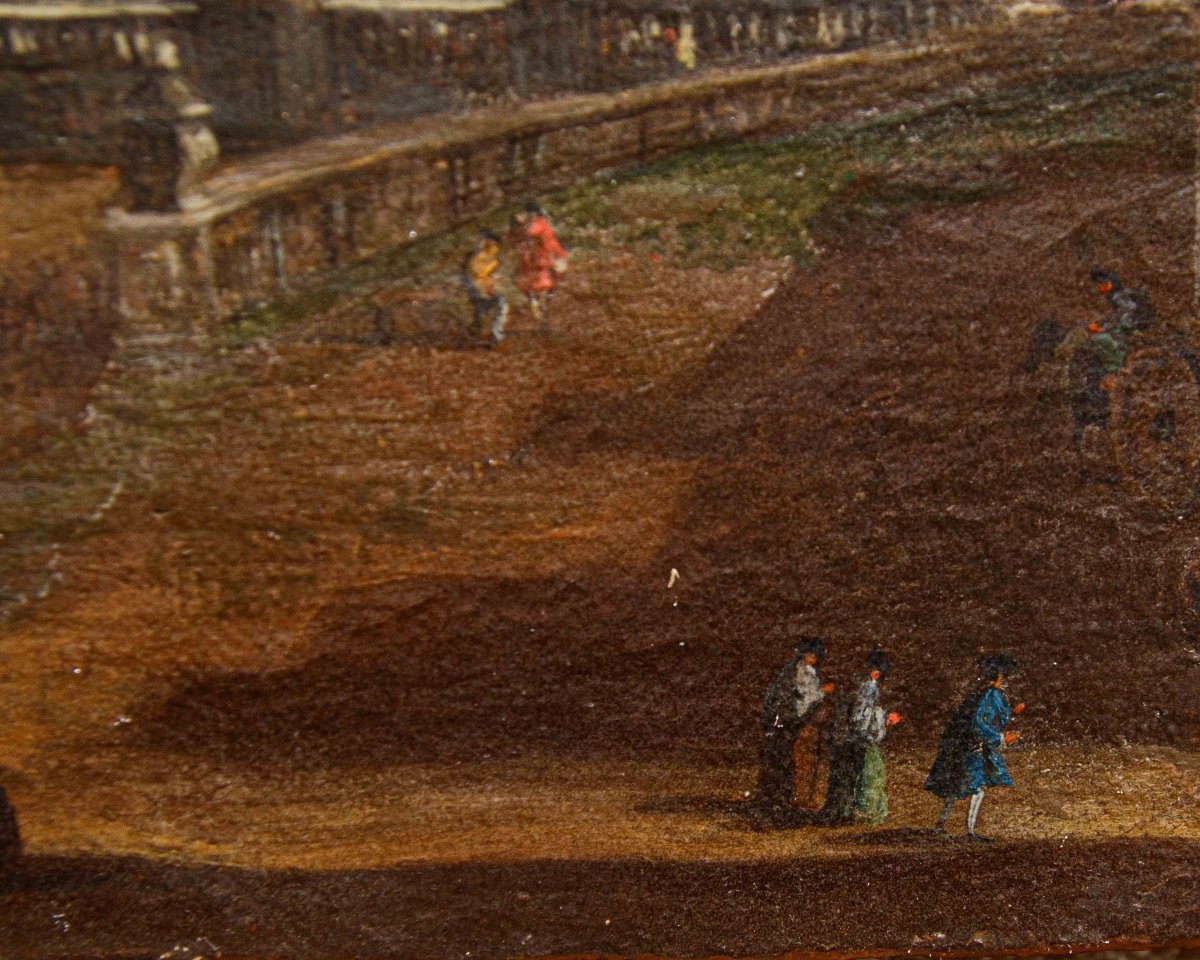

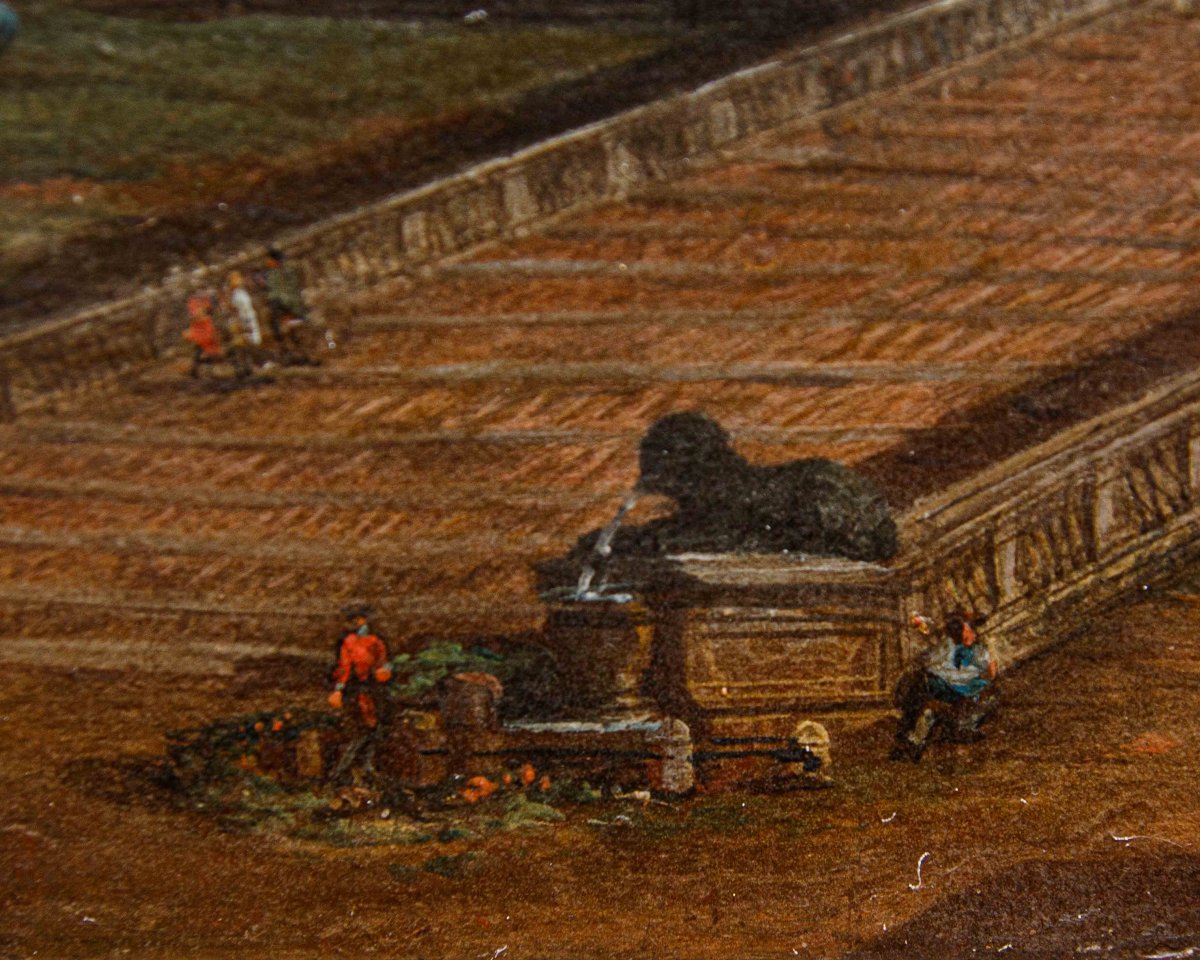












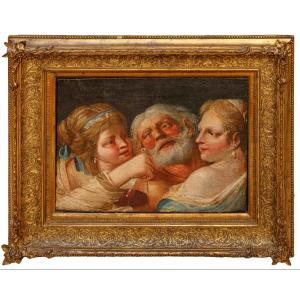






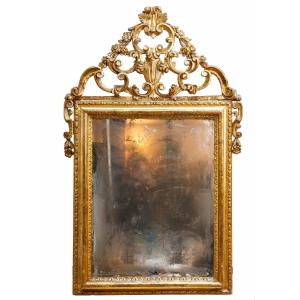




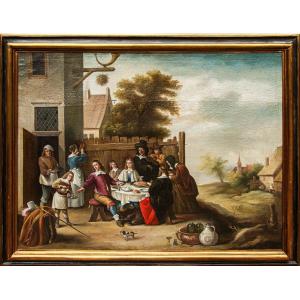

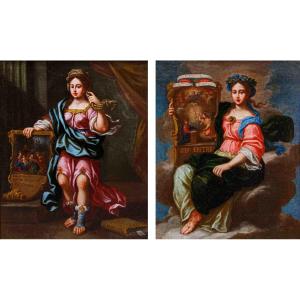
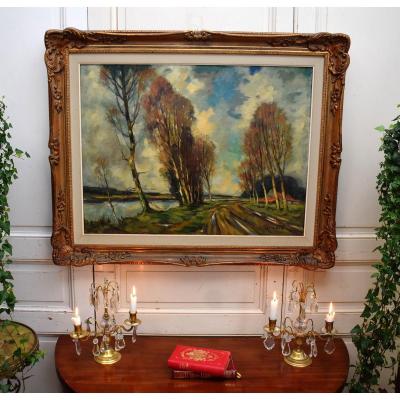
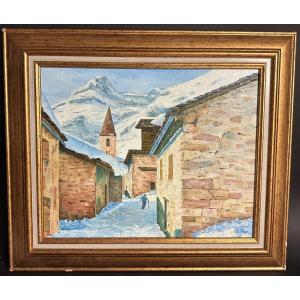






 Le Magazine de PROANTIC
Le Magazine de PROANTIC TRÉSORS Magazine
TRÉSORS Magazine Rivista Artiquariato
Rivista Artiquariato